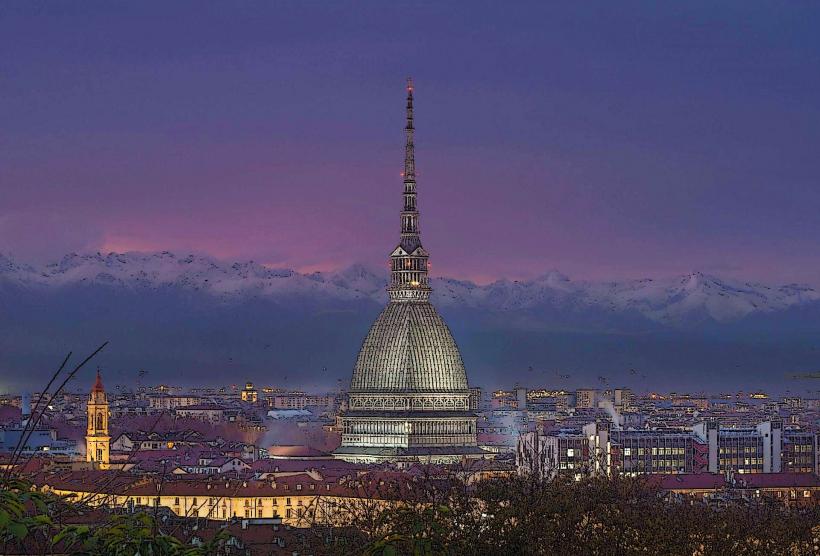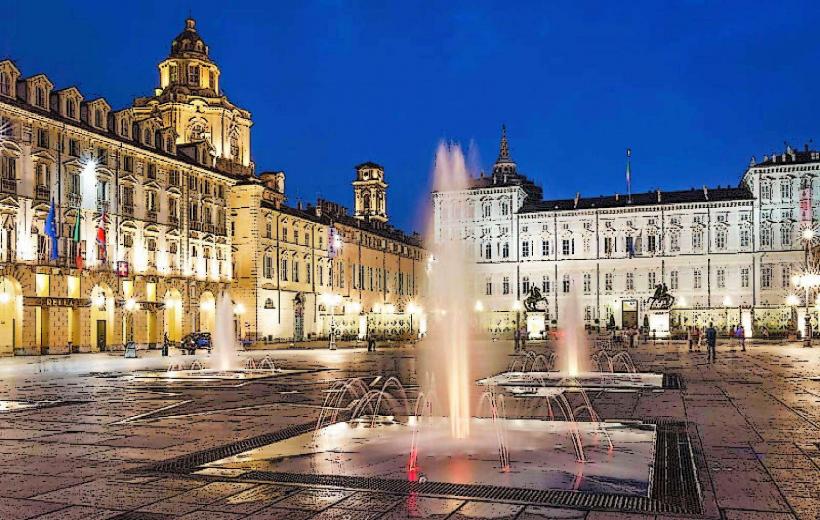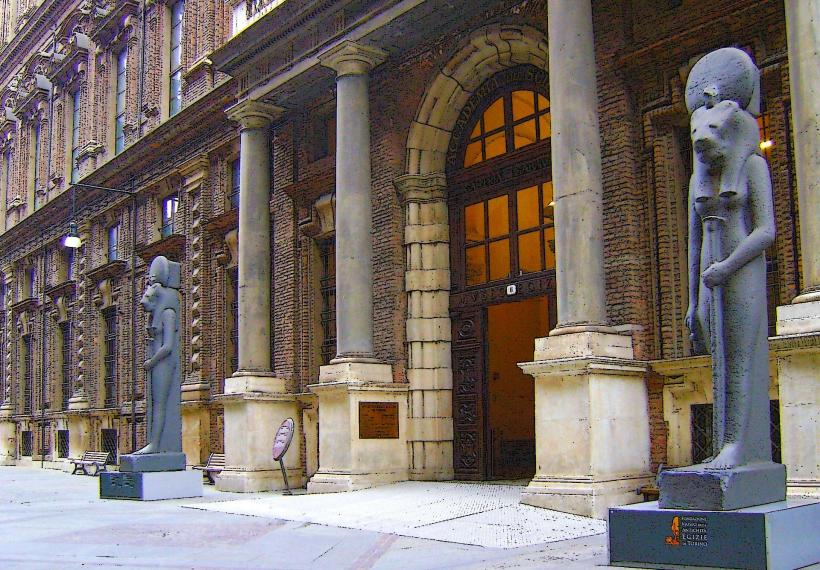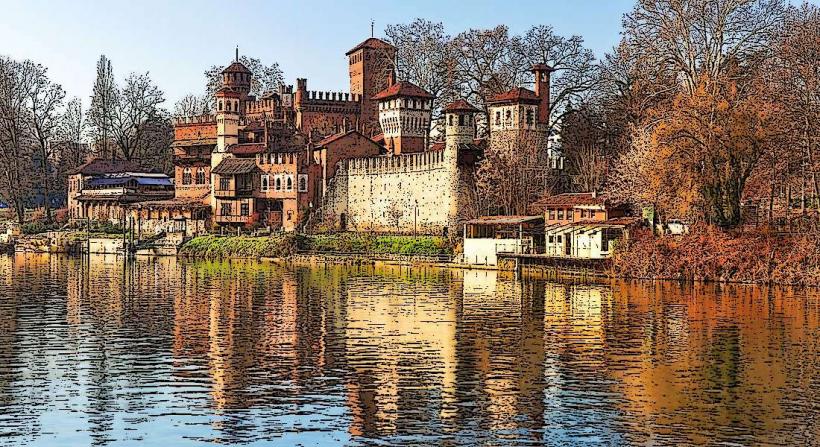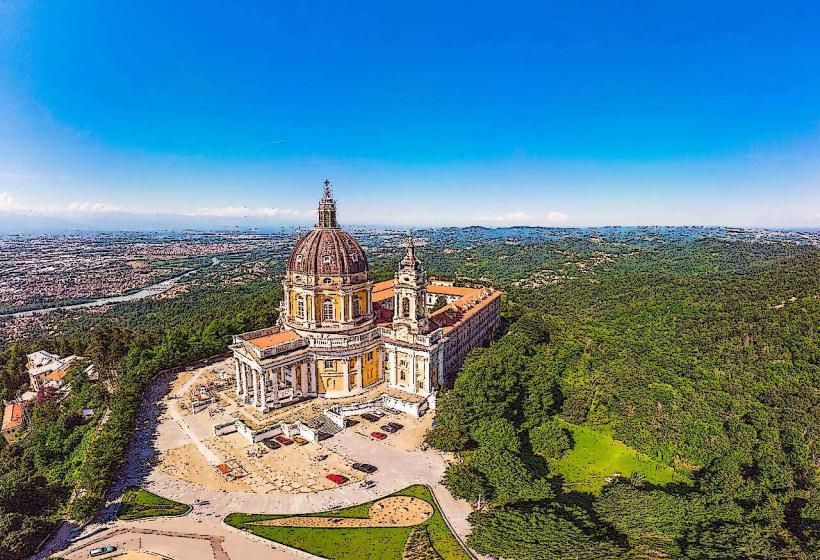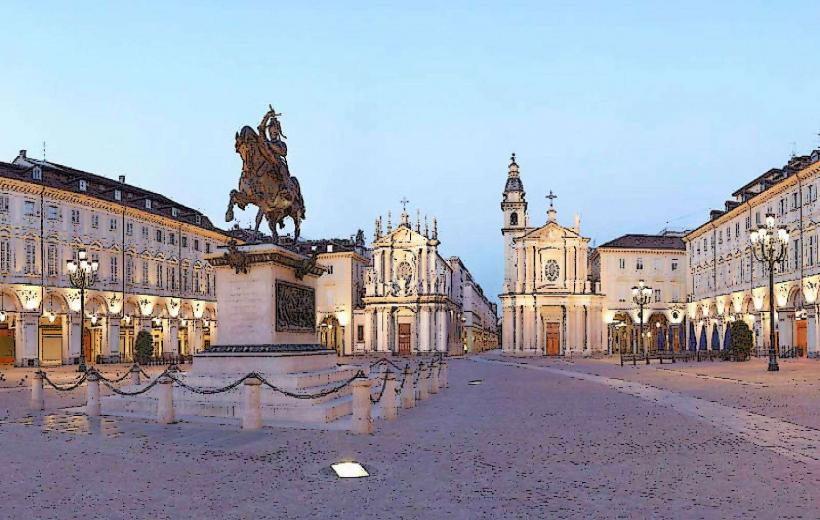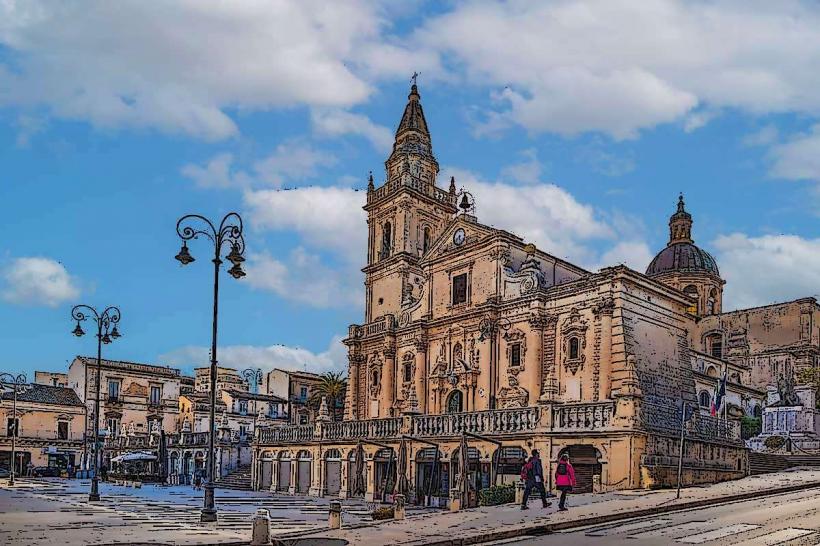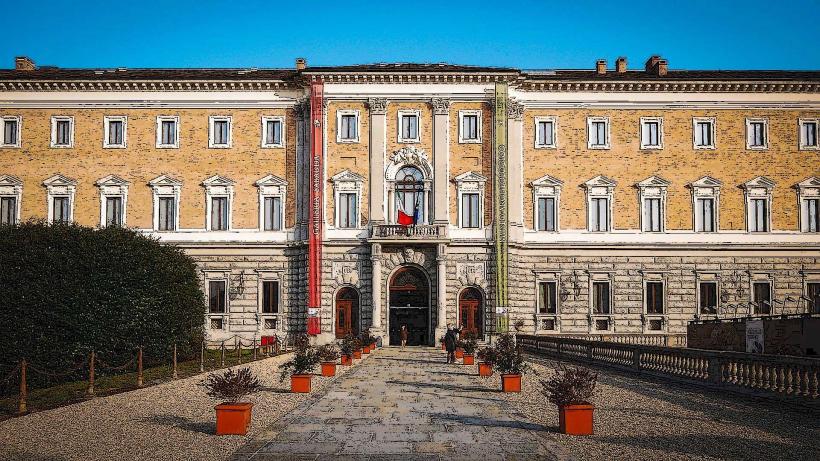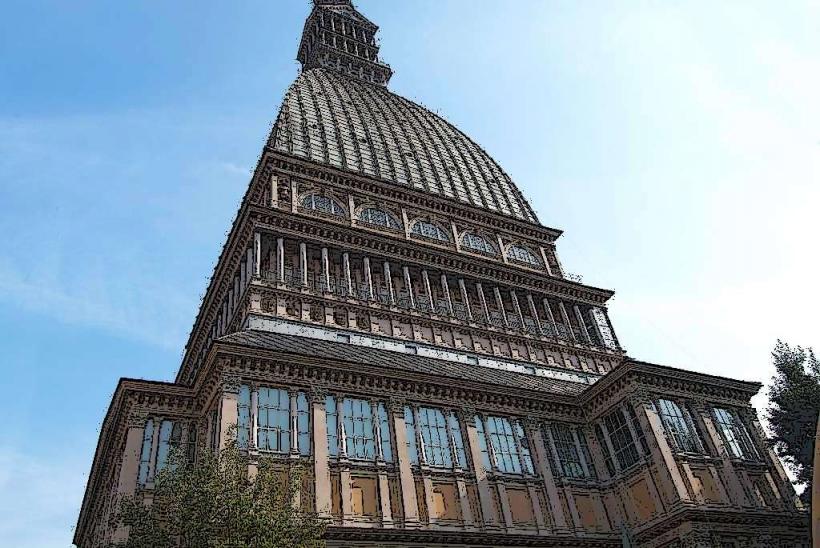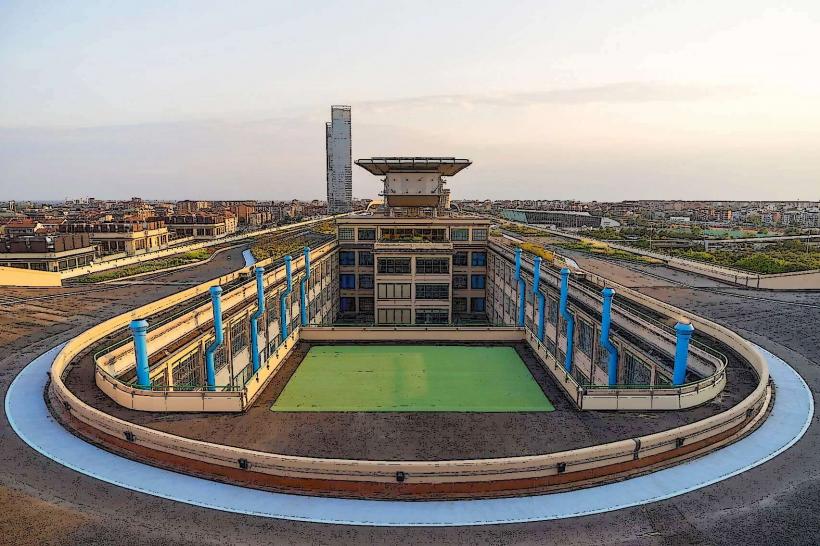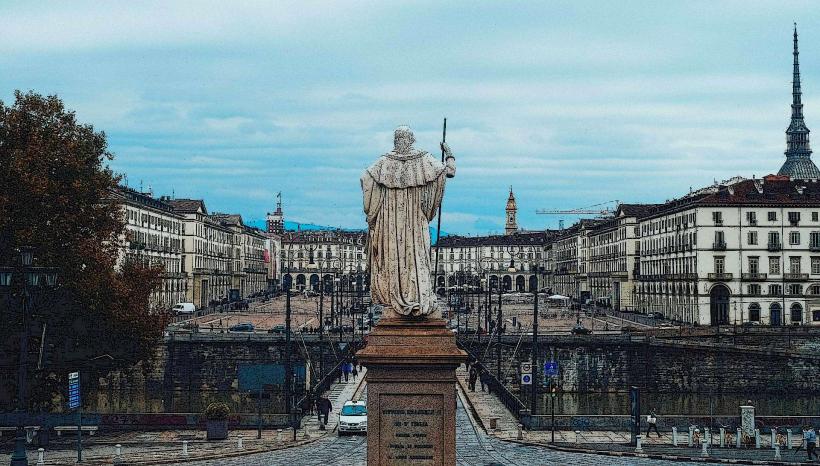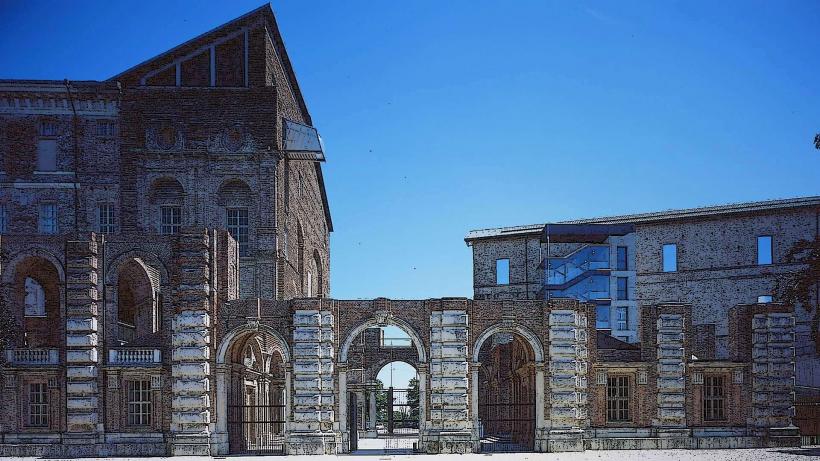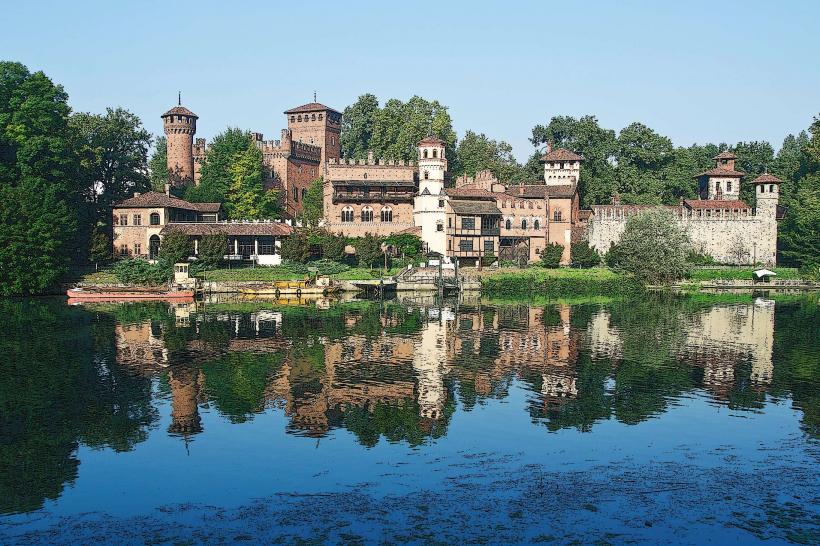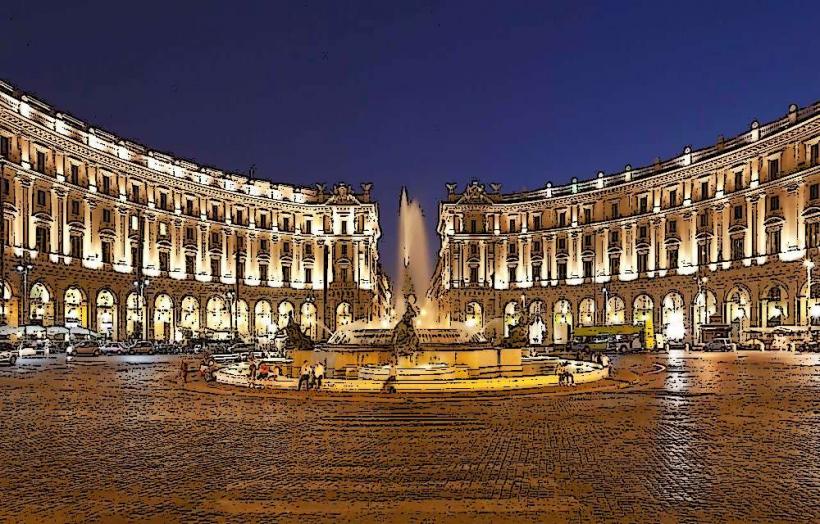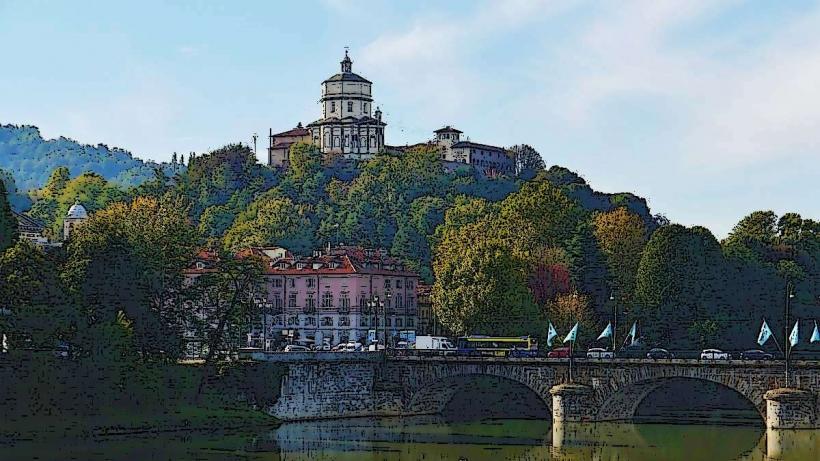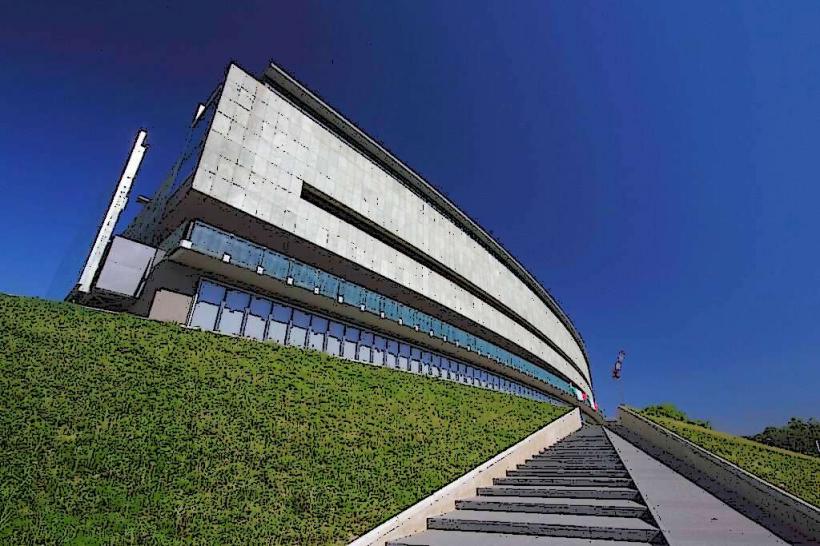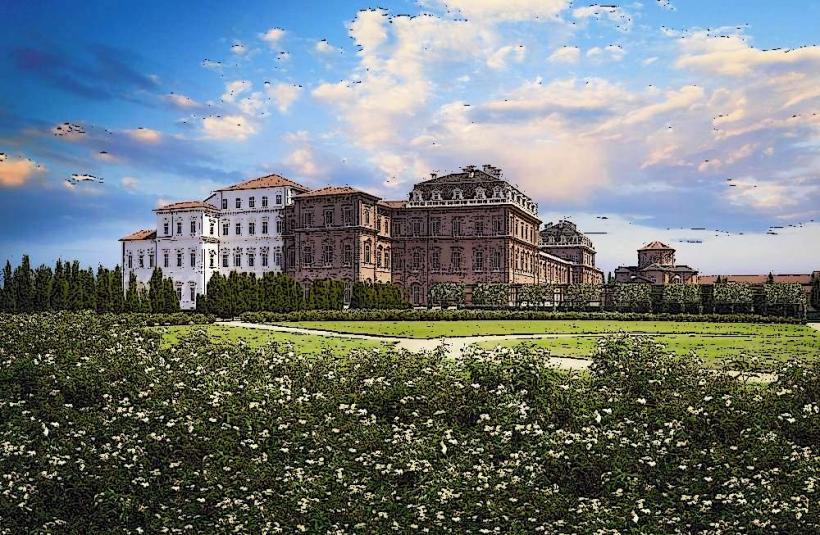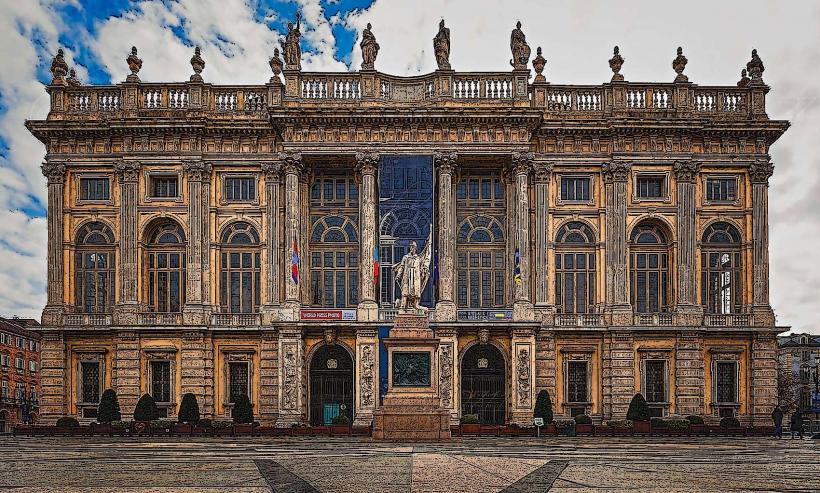Information
Landmark: Castello del ValentinoCity: Turin
Country: Italy
Continent: Europe
Castello del Valentino is a historic castle located in Turin, Italy, nestled along the banks of the Po River within the Parco del Valentino. The castle is renowned for its architectural beauty, its lush surroundings, and its historical significance, making it one of Turin’s most iconic landmarks.
History
The origins of Castello del Valentino date back to the 16th century. The castle was originally built as a hunting lodge for the Duke of Savoy, Emmanuel Philibert, in the mid-1500s, although it underwent significant expansions and renovations over the years.
17th Century: The castle was enlarged and redesigned in a Baroque style by the architect Amedeo di Castellamonte under the patronage of Victor Amadeus II. It was during this period that the castle began to take its current shape.
18th Century: During the reign of Charles Emmanuel III, the castle underwent further modifications, and it became a part of the royal estates. Over time, it was used for various purposes, including as a residence for the Savoy family.
19th Century and Later: After the Savoy family moved their royal court to Palazzo Reale in the city center, Castello del Valentino began to lose its significance as a royal residence. In the late 19th century, it was repurposed and became a part of Turin’s Polytechnic University, which still uses it today for academic purposes.
Architecture and Design
Castello del Valentino is an excellent example of Baroque architecture, blending ornate details with classical elements. Its design reflects the influence of the French Renaissance style, with elements typical of the grand châteaux found in France.
Exterior: The castle is surrounded by a large, beautifully landscaped park, known as Parco del Valentino. The castle’s façade is characterized by its symmetry and elegance, with large windows, decorative elements, and a stately main entrance.
Interior: The interior of the castle is equally grand, with numerous ballrooms, chambers, and chapels. Many of the rooms are decorated with frescoes, paintings, and stunning ceiling murals that reflect the wealth and grandeur of the Savoy family during the height of their power.
Gardens: The castle is set within Parco del Valentino, one of the largest and most beautiful parks in Turin. The park features manicured lawns, shaded pathways, and various thematic gardens, including a rose garden and an Italian garden. The gardens are a popular spot for both locals and tourists, offering scenic views of the castle and the river.
The "Medieval Village" (Borgo Medievale): One of the most unique features of Castello del Valentino is the Medieval Village (Borgo Medievale) located within the park. This recreated medieval village was built in the 19th century as part of the Exposition of Turin, and it features medieval-style buildings, a fortified gate, and winding streets. Today, it houses museums and exhibits dedicated to medieval crafts and art.
Role in Education
Since the late 19th century, Castello del Valentino has been part of the Politecnico di Torino, one of Italy’s most prestigious technical universities. The castle hosts a number of university departments, especially those related to architecture and engineering. Students and faculty use the castle’s historic spaces for academic purposes, and the association with the university gives the castle a unique blend of old-world charm and modern functionality.
Visitor Experience
Tourism: Castello del Valentino is open to the public and can be visited throughout the year. Visitors can explore its historical rooms, including its baroque halls, as well as the medieval village in the park. The gardens are also a popular destination for picnics and leisurely strolls, particularly in the warmer months.
Events and Exhibitions: The castle and its surrounding park are frequently used for cultural events, exhibitions, and festivals, particularly during the Turin International Book Fair and other city-wide celebrations. The castle's ballrooms and conference halls are sometimes used for formal events, providing a magnificent setting for gatherings.
Educational Tours: Visitors can take guided tours of the castle and the Medieval Village, learning about the rich history of the Savoy family and the development of Turin as a royal capital. The tours often highlight the castle’s role in the region's cultural heritage.
Conclusion
Castello del Valentino is a stunning blend of history, architecture, and nature, with its Baroque style, medieval village, and scenic gardens offering a unique look into the past. Whether as a residence for royalty, an academic institution, or a cultural venue, it remains a symbol of Turin's historical significance. Today, it continues to draw tourists, students, and residents alike, offering both historical insight and a peaceful escape from the bustle of city life.

